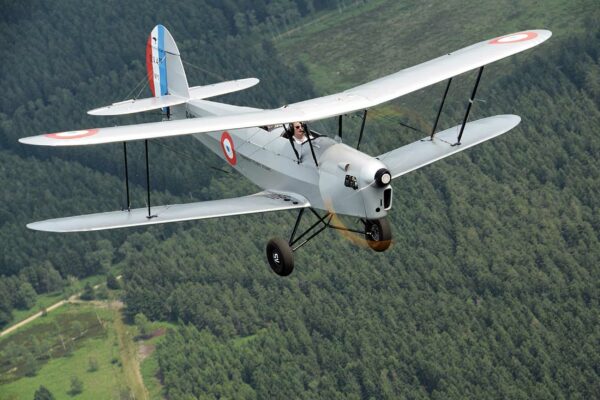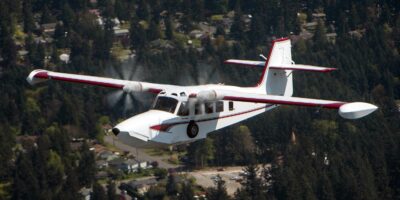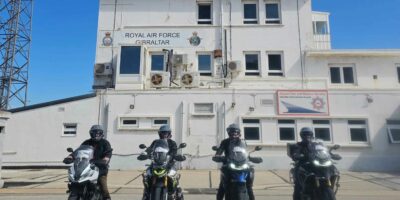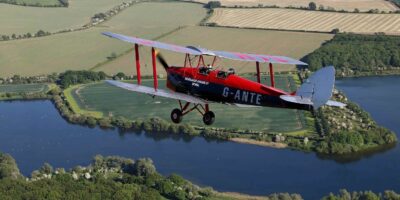6. Test pilot: Llewis Ingamells
Who?
Lincs & Notts Air Ambulance co-pilot Llewis Ingamells flies the Charity’s AgustaWestland 169, providing Helicopter Emergency Medical Service to the people of Lincolnshire and Nottinghamshire.
What’s it like?
As an Air Ambulance pilot, you’re flying life-saving missions. This can be rapid response operations (delivering doctors and paramedics to medical emergencies as fast as possible) or medical repatriations (bringing people who have become injured or ill abroad safely back home).
When the bat phone rings, you have to be airborne within minutes. Incidents vary from road traffic collisions and medical emergencies to sporting accidents. Hence why sometimes you’re landing in the middle of a city, another time in a 300ft deep quarry, helping someone who’s fallen in while paintballing.
Llewis Ingamells: “Generally the flying is low level, sometimes in poor weather, but since we’re an emergency service, we need to operate close to the limits. When we’re on our Alpha call sign, it’s like we’d have blue lights and sirens – ATC clears the airspace, allowing us to fly flat out, almost 200mph.”
Who fits the role?
Self-sufficient helicopter pilots who are compassionate team players, but don’t get too emotionally involved.
Llewis Ingamells: “Apart from the flying skills, it’s extremely important to have a click with your unit, as you’re together 12 hours a day, working hand in hand in life-or-death situations. We’re often first on scene. Our pilots are also medically trained to a small standard, so when needed, we can assist the medical crew. However, we take care not to get too involved. It’s very important to show compassion, but even more to stay professional. Whatever bad accident has happened, you have to remember that it’s your job to fly the aircraft.
How to get there?
There’s no specific training to become an Air Ambulance pilot, but you need to have some very specific experience to even be considered. Most companies require a minimum of 1,500 hours and lots of experience in low level flying in poor weather.
Llewis Ingamells: “My previous job as a police pilot was good preparation. I’ve had emergency flying and elevated heli-deck training, as you’re landing in places where people wouldn’t normally land.”
Why?
Llewis Ingamells: “The best bit of my job is helping others. Sometimes it’s a love-hate thing: it’s great to go flying, but it’s also awful that someone needs the Air Ambulance. Being able to help people bridges this gap.”
Any tips?
Llewis Ingamells: “Treat everybody in the industry with respect, as you never know who you might end up working for or with. Aviation, especially Air Ambulance, is a small world.”








